Furniture
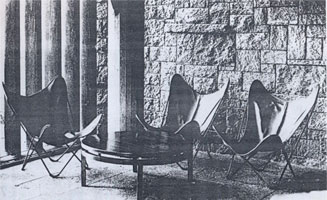


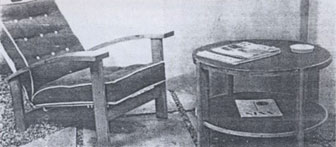

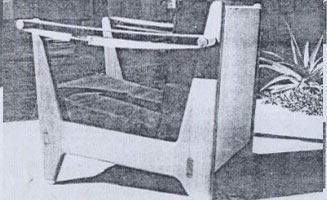
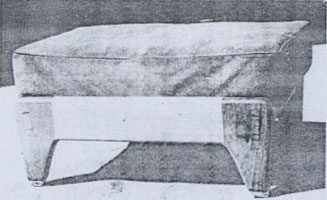
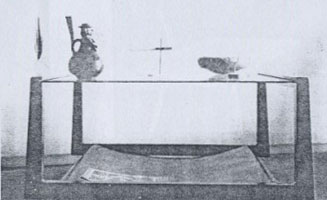
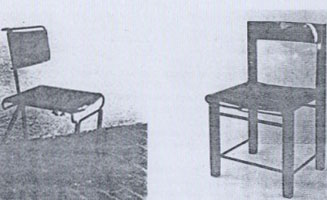
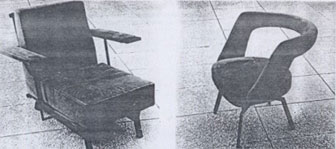
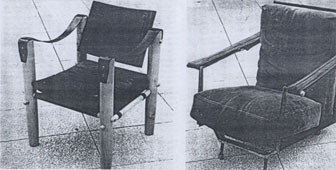
Inside Anotnio Bonet’s work, furniture have a very important place, although quite unknown, despite the fact that one of his own designs, the bkf armchair is surely the modern piece of furniture most copied and the first one to enter the permanent collections of the Modern Art Museum of New York. Together with his architecture, Bonet’s designs synthesize his ideas, his taste and the accumulation of traditions, memories and images that form the cultural background of its author. So it is, that in them we can recognize a balance, his rationalist formation and his adherence to the surrealist movement, his permanent demanding technique perfection together with his sensitivity for the permanent values of the popular tradition.
This last element, so important in the formation of his artistic language, particularly stands out among the creations that occupy us from his first designs for the GATEPAC (MIDVA stand) with Charlotte Perriand, who together with Pierre Jenneret and Le Corbusier himself had designed the famous models of tables and armchairs for the Salon d’Automme in Paris, 1929, getting closer in this further creations to more similar shapes of the artistic productions.
It is interesting to observe how Bonet refines the design of the popular furniture until he makes objects that conserve the simplicity and logic of the original model and that are an admirable synthesis of tradition and modernity. This is particularly visible in his chairs, among the ones that he projected for the OKS house in probably the most finished example of the exposed. Some others, like his garden chairs or some lamps or accessory tables, have a more lineal character almost graphic that emphasizes his mobility.
In contrast to them, the mural furniture, the fixed eating tables, are static designs strongly linked to the spatial structure of the premises, which sometimes helps define.
There are elemental objects, almost primitive in its refined simplicity that has the gravity of the architectonic fact. Finally, we must emphasize another of Bonet’s characteristics as a designer and that is his repeated creation of a series of furniture in which the different models are obtained starting from a basic element (a seat, for example) to be completed with other parts so as to create coherent groups that square with the varied range of needs of a house.
Among these series we recall the one of the seats for Solana del Mat, the corresponding on to the Levin decoration, etc. These series are part of one same generational concept and are made out of different materials according to the character of the work they are









